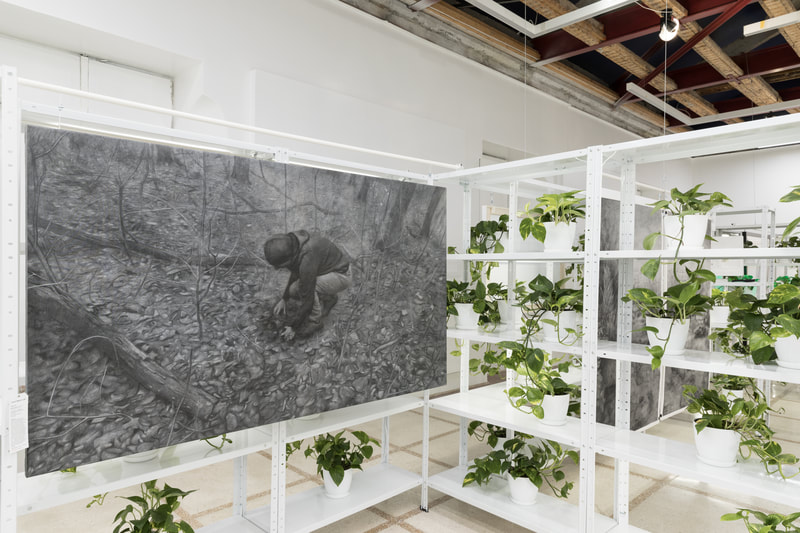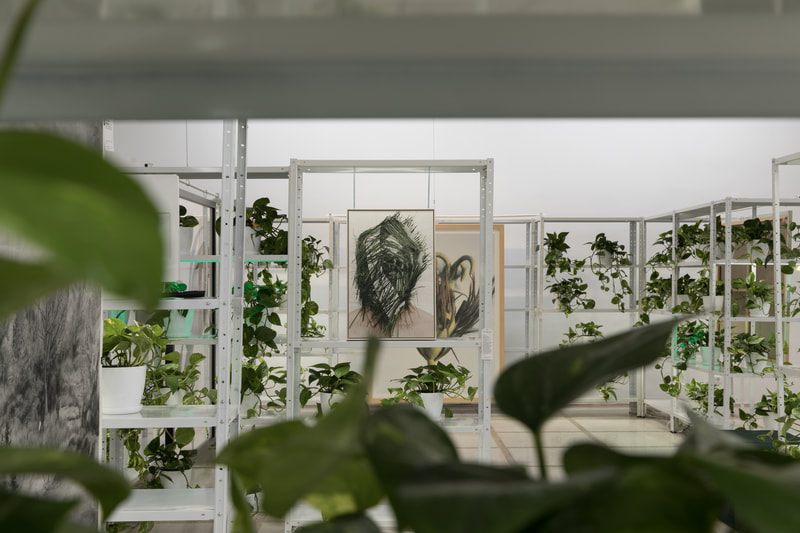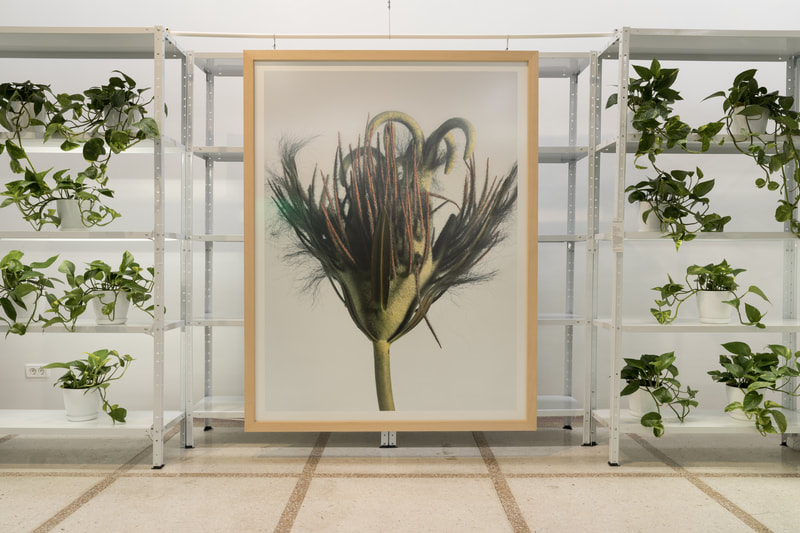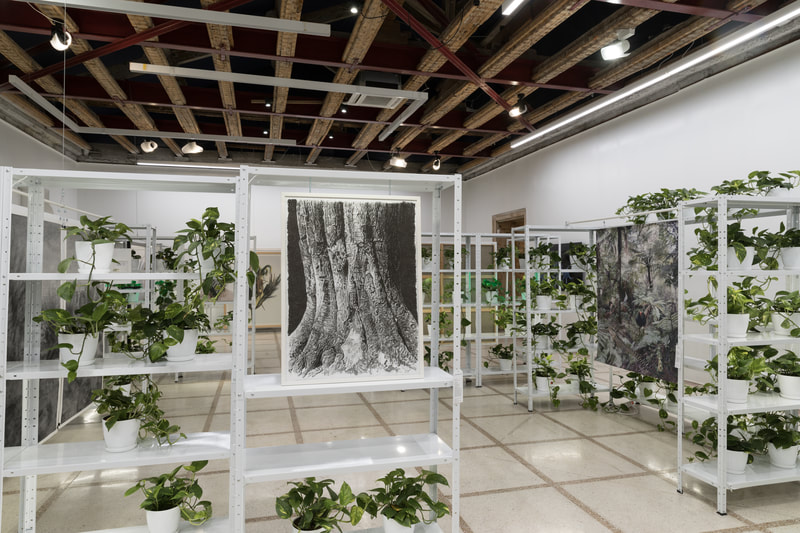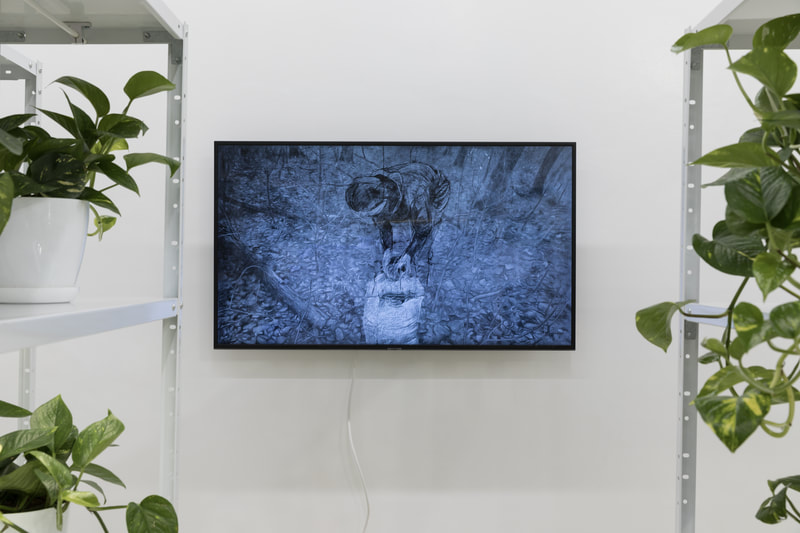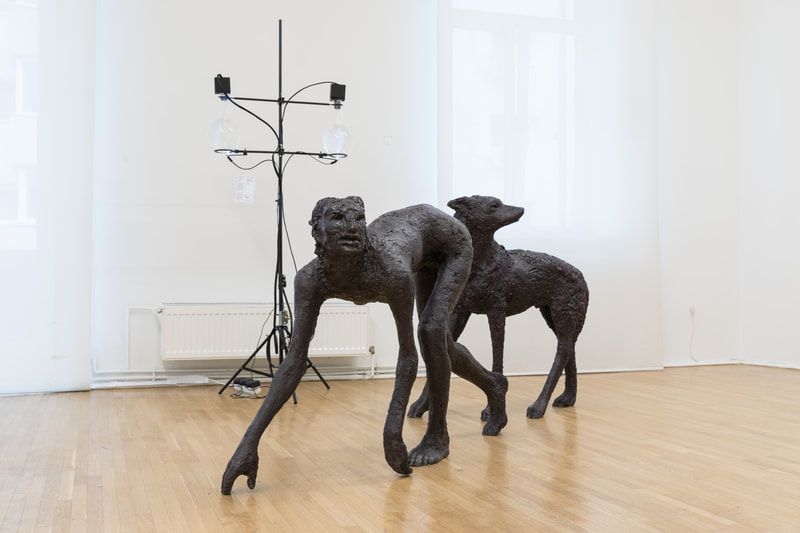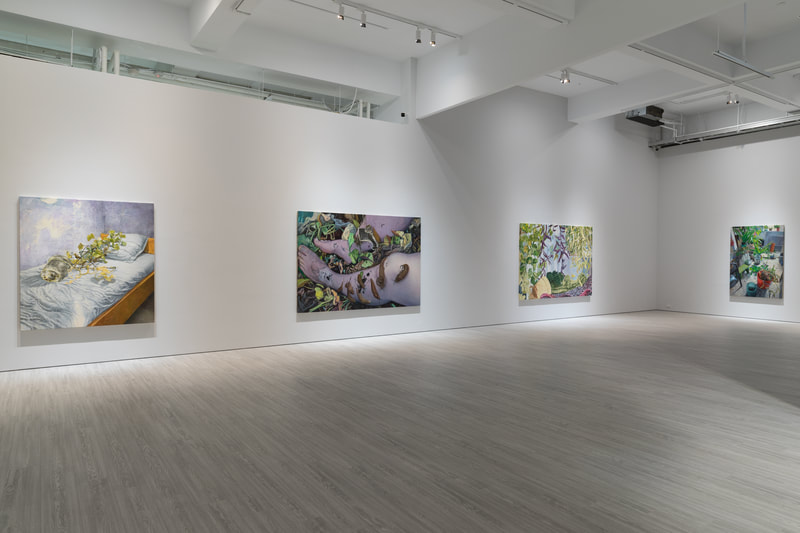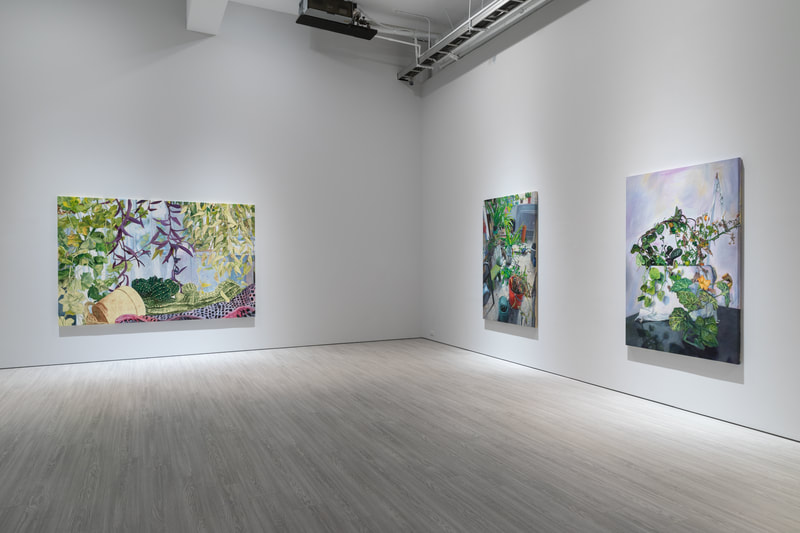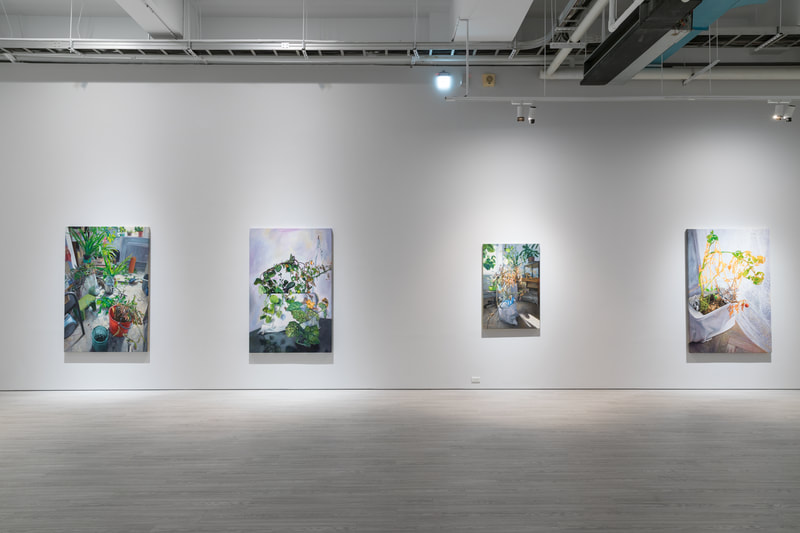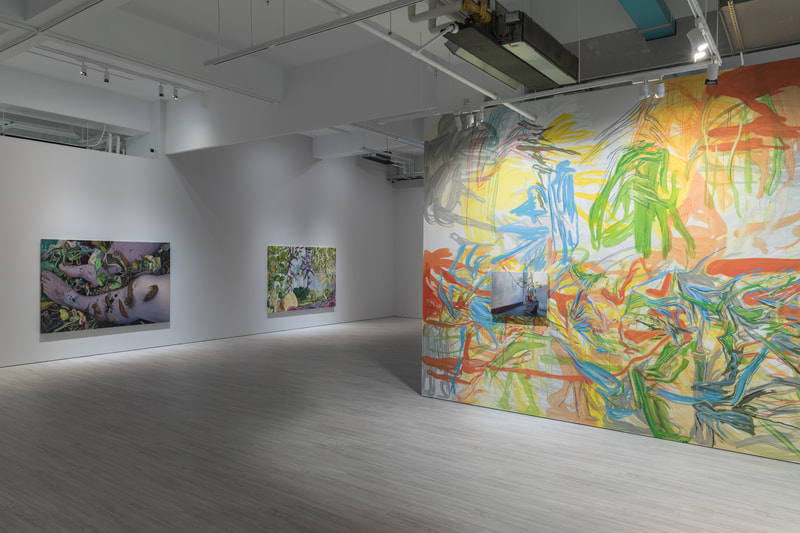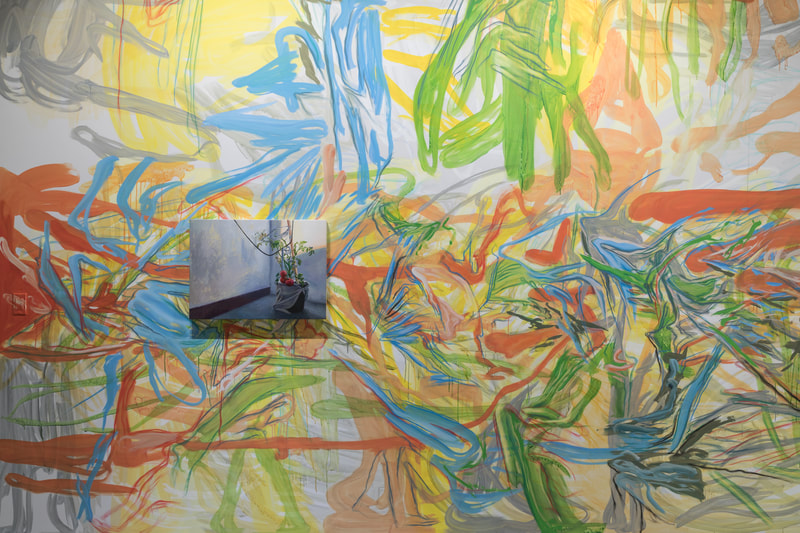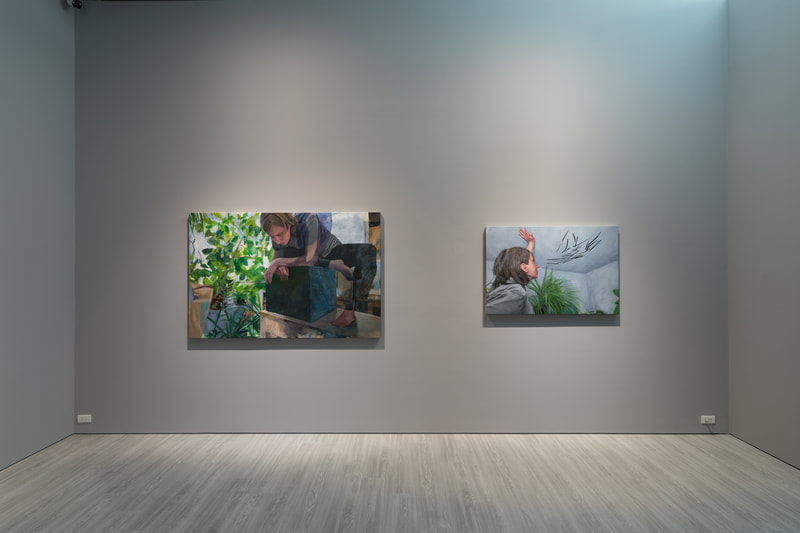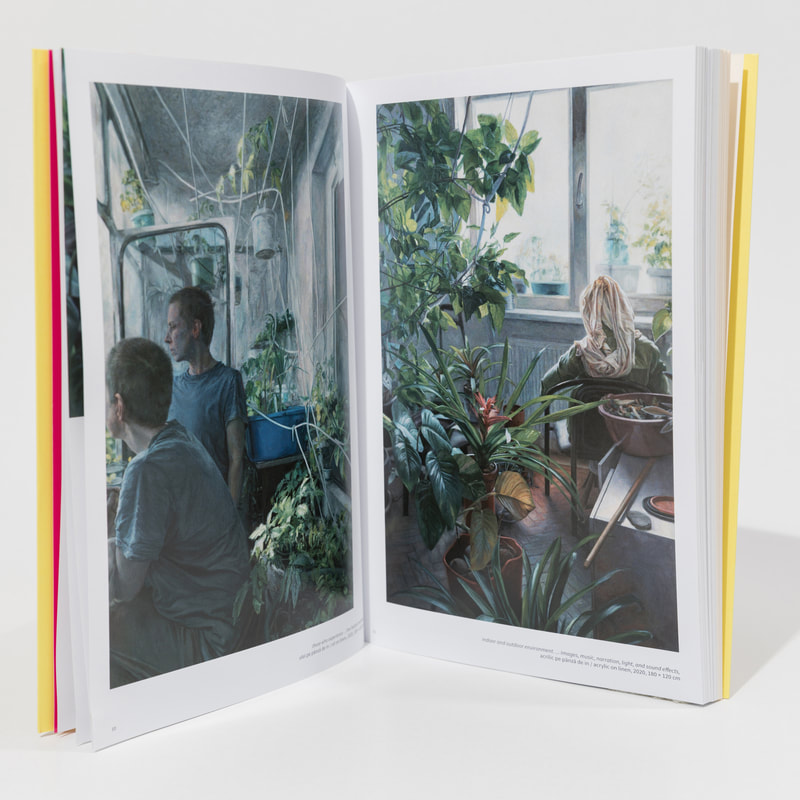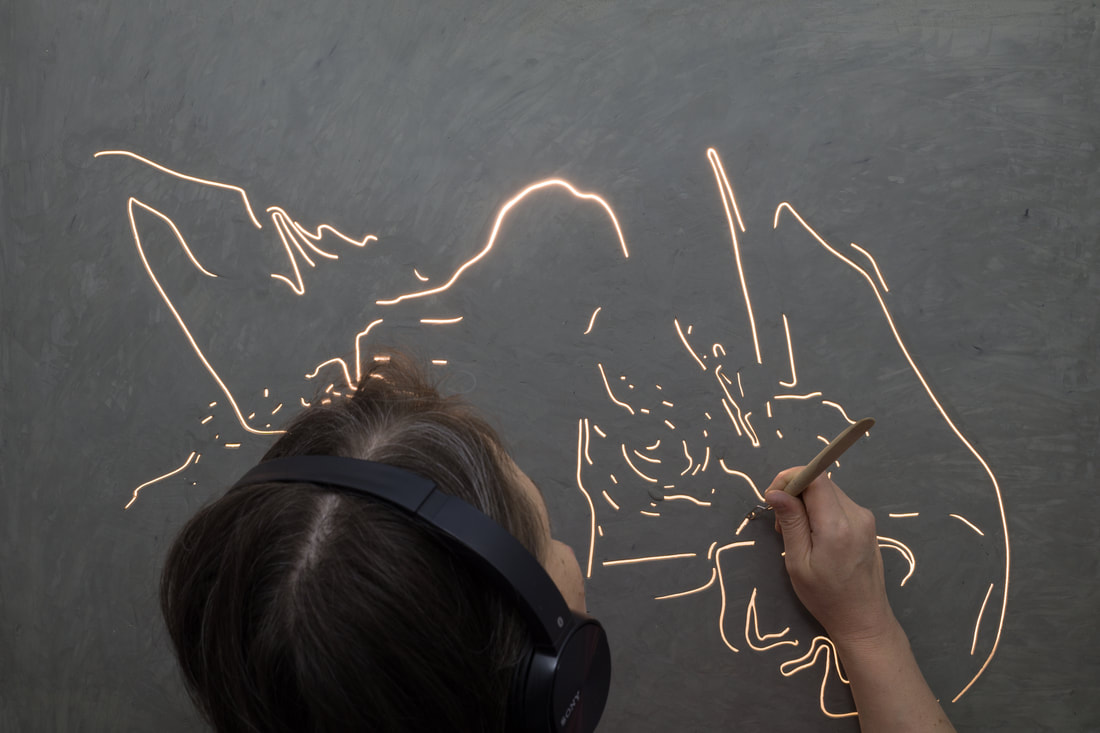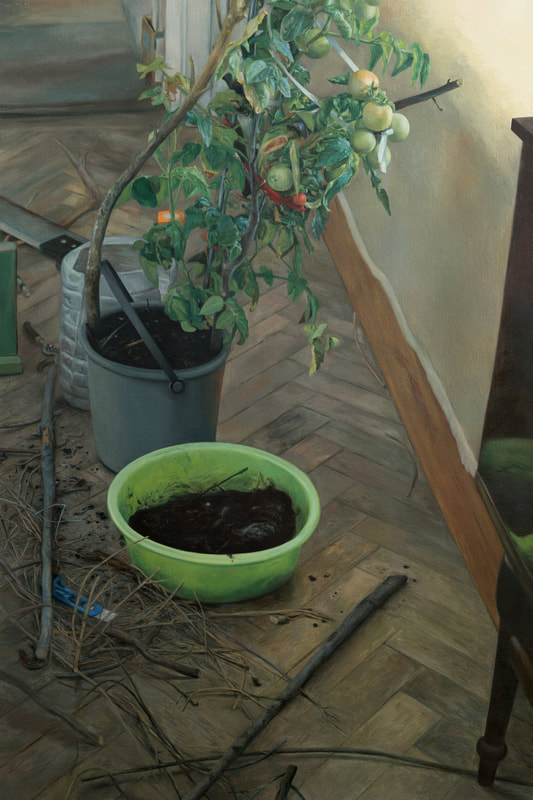|
FRIEZE SEOUL 2024
Mind Set Art Center|Galleries Booth 04 Venue|COEX Convention & Exhibition Center, 513 Yeongdong-daero, Gangnam District, Seoul, South Korea Preview|04 – 05 September, 2024 Open to Public|06 – 07 September, 2024 Artists|Andreea MEDAR, Ana Maria MICU, Juin SHIEH We are delighted to announce that Mind Set Art Center will participate in the main gallery section of the third edition of Frieze Seoul in early September this year. We will curate an exhibition titled "Herstory" featuring works by our three female artists, Juin SHIEH, Andreea MEDAR, and Ana Maria MICU. Each born in the 60s, 70s, and 90s, respectively, these three artists explore the intricate relationships between memory, existence, motherhood, and femininity, each crafting a unique interpretation of feminine space. Combining mixed media, and paintings, we aim to present the theme of "Herstory" from a female perspective, showcasing the richness, diversity, and subtle levels of contemporary art. go to related report on the art fair's website ⮕ |
|
THE TWIST. FAILING EMPIRES, TRIUMPHANT PROVINCES
Dates | 13 June 2024 – 10 November 2024 Opening | Thursday, 13 May 2024, 19:00 - 22:00 Venue | Ground Floor & Marble Hall, The National Museum of Contemporary Art (MNAC Bucharest), The Palace of Parliament, 2-4 Izvor Street, Wing E4, Bucharest, Romania Curators | Călin Dan & Celia Ghyka Artists | Dan Acostioaei, Florian Lazăr Alexie, Alexandru Antik, George Apostu, Matei Bejenaru, Anca Benera, Horia Bernea, Ștefan Bertalan, Ion Bitzan, Geta Brătescu, Mircea Cantor, Boris Caragea, Ion Condiescu, Roman Cotoșman, Călin Dan, Cristian Dițoiu, Sorin Dumitrescu, Constantin Flondor, Marin Gherasim, Dani Ghercă, Nicolae Golici, Ion Grigorescu, Pavel Ilie, Peter Jacobi, Stela Lie, Ana Lupaș, Maria Manolescu, Ana Maria Micu (in collaboration with Alexandra Constantinescu and Radu Constantinescu), Gili Mocanu, Ciprian Mureșan, Paul Neagu, Sorin Neamțu, Mihai Olos, Neculai Păduraru, Romelo Pervolovici, Dionisie Popa, Virgil Preda, Marilena Preda-Sânc, Leonard Răchită, Laurențiu Ruță-Fulger, Șerban Savu, Liviu Stoicoviciu, Patricia Teodorescu, Napoleon Tiron, Titu Toncian, Mona Vătămanu, Dan Vezentan, Ion Vlad, Bogdan Vlăduță, Gheorghe Zărnescu go to project ⮕ |
No title, 2022, collage of raw video footage and 3D animation, 1920 x 1080 px, 2m49s continuous loop, audio
Ana Maria Micu - concept, raw video footage Alexandra Constantinescu, Radu Constantinescu - concept, 3D animation, and editing |
|
EGOLOGIA - within Romanian Creative Week
Venue | Baia Turcească, Str. Cantacuzino G.M. 16, Iași, RO Visiting schedule | 15 - 26 May 2024, 12:00 - 22:00 Opening | Wednesday, 15 May 2024, 18:00 Curator | Marian Pălie Artists | Ana Maria Micu, Ana Taină, Alexandru Ranga, Andrei Alecsandru Pantea, Andrei Arion, Andriana Oborocean, Constantin Cojocaru, Daniel Tudor Munteanu, Elena Pîrvu, Hideo Iwasaki, Iulia Bucureșteanu, Iulia Groves, Iulian Nan, Manuel Cojocaru, Marta Mattioli, Mihaela Lungu, Mihaela Vasiliu, Muro Muro, Sergiu Chihaia, Ștefan Damian, Ștefan Pruteanu, Thea Lazăr, Tudor Ciurescu, Vlad Albu Exhibition architecture | Anda Zota, Elena (Viziteu) Ionescu go to project ⮕ |
The Animated Trail of Destruction,
hand-painted animation | 9s continuous loop | 3840 x 2160 px | 23 stills | no audio | 2024 | AP from Edition: 3 + 1 AP |
|
ETERNITY AS ATTEMPT - within Romanian Creative Week
Venue | Turnul Goliei, 51 Cuza Vodă Street, Iași, RO Visiting schedule | 15 - 26 May 2024, 12:00 - 20:00 Opening | Friday, 17 May 2024, 20:30 Curator | Marlene Herberth/KraftMade Artists | Ana Maria Micu, Bogdan Gîrbovan, Ciprian Mureșan, Gabriela Vanga go to project ⮕ |
The Easy Way to Heal Yourself
stop motion animation with clay and light | 1m31s | 310 stills | 3840 x 2160 px | no audio | 2021 | AP from Edition: 3 + 1 AP |
|
TOUCH NATURE
Opening Reception | 30 April 2024, 18:00-19:30 at /SAC @ Berthelot (Str. General H. M. Berthelot nr. 5, Bucharest) and 19:30-21:00 at /SAC @ Malmaison (Atelierele Malmaison, et. 2, Calea Plevnei 137C, Bucharest) Dates | 9 May - 29 June 2024, visiting schedule Thursday-Saturday, 16:00 – 20:00. Artists | Uli Aigner, Matei Bejenaru, Floriama Candea, Codruța Cernea, Adriana Chiruta, Ciprian Ciuclea, Larisa Crunțeanu, Anna Dumitriu, Michael Endlicher, Thomas Feuerstein, Peter Hauenschild, Barbara Anna Husar, Nona Inescu, Kitty Kino, Aurora Kiraly, Alexandra Kontriner, Ana Maria Micu, Nicoleta Mureș, Klaus Pichler, Monika Pichler, PRINZpod, Oliver Ressler, Gregor Sailer, Elisabeth von Samsonow, Hans Schabus, Ramona Schnekenburger, Marielis Seyler, Paul Spendier, Oana Stanciu, Mircea Suciu, Dan Vezentan, Judith Wagner, Nives Widauer, Laurent Ziegler Curators | Sabine Fellner & Alex Radu Exhibition Design | Justin Baroncea & Maria Ghement Organizers | /SAC Bucharest and Austrian Cultural Forum /SAC team | Andreea Chircă, Iulian Cristea, Lidia Dobrea, Anne Lolea, Elena Maxemciuc Supported by | Bundesministerium für europäische und internationale Angelegenheiten go to project ⮕ |
|
|
WOMAN, SCAFFOLDING
Solo Show by Ana Maria MICU 16 March – 27 April, 2024 (Closed for Tomb Sweeping Day from Apr. 5 to 6) Opening Reception|3:00 pm, Saturday, 16 March, 2024 Guided Tour by the Artist|4:30 - 5:00 pm, Saturday, 16 March, 2024 Mind Set Art Center | 1F, No. 20, Wenhu St., Neihu Dist., Taipei City 114, Taiwan www.art-msac.com The artist's accommodation for 11 days was sponsored by The Place Taipei 南港老爺行旅. Vlad IONESCU: The exterior world will always dispute interiority. And interiority will always fashion a temporary, mobile, flexible shield. Ana Maria MICU: Through conceptual processes like this, I’ve learned that my decisions are not only a product of inspiration and creativity, but also of vast sets of external circumstances that are both in and out of my control and awareness. A key aspect of my practice is trying to understand these mechanics. Art today is a consumption of non-renewable energy. And I would like to think about where this energy comes from, how is consumed in me, and what I do afterwards, when I wake up empty. go to project ⮕ |
|
|
BOOK LAUNCH
"Cealaltă față a lumii / The other face of the world" Date | Friday, January 26, 2024, at 18:00 Venue | Meron Roastery, Horea 5 Street, Cluj-Napoca, RO Artists Ioana Olăhuț and Anca Bodea invite you to the launch of the bilingual book "Cealaltă față a lumii / The other face of the world", which they edited and produced with the support of the Hassium Cultural Association. The event will take place in the presence of the authors of the critical texts that supported this initiative: Adriana Oprea, curator, art critic and museographer, Liviana Dan, curator and art critic, Alexandra Chiriac, art historian. The volume presents the work of nine artists professionally trained in Cluj-Napoca at the University of Art and Design between 2002 and 2015: Ana Maria Micu, Ioana Olăhuț, Anca Bodea, Ioana Iacob, Mirela Moscu, Anca Brânzaș, Oana Năstăsache, Roxana Ajder, Andrea Tivadar. These artists are distinguished by a relevant and constant activity in the competitive field of contemporary painting, this being one of the fundamental criteria in the selection made by the editors of the book. How does one survive in the paradigm of contemporary painting? How relevant is it and how does it assert itself in the multitude of mediums of expression of current art? Is there a "women's" perspective on painting made in Cluj in the last twenty years? Together with our guests, we will celebrate the publication of this volume which presents a sample of contemporary Romanian painting and analyses these aspects of the art world. go to project ⮕ |
|
ARTISTIC COLLABORATION
Ana Maria Micu's animation "A State of Blindness" (2021) is part of the artistic project and multimedia publication "(C)ovid's Metamorphoses". Idea | Bernd Herzogenrath Curators | Bernd Herzogenrath & Lasse-Marc Riek Design | Vildana Memic Audio Mastering | Lorenz Lindner Released on 15 December 2023 under Meakusma label, Belgium. Contributions | 133 artists from film, sound art and music, writing, visual art, and photography go to project ⮕ |
|
PULS 21. 2020x2022 MNAC Art Acquisitions
Opening | Thursday, November 2, 2023, 19:00 Dates | November 2, 2023 - October 6, 2024 Location|MNAC Bucharest - Palace of Parliament, Izvor 2 - 4 St., Wing E4, Acces from Calea 13 Septembrie (B3 Gate), Bucharest, Romania www.mnac.ro Artists | Dan Acostioaei, Alexandru Antik, Apparatus 22, Olimpiu Bandalac, Dragoș Bădiță, Ioana Bătrânu, Matei Bejenaru, Anca Benera & Arnold Estefan, Biroul de Cercetări Melodramatice, Rudolf Bone, Irina Botea Bucan, Ștefan Botez, Răzvan Botiș, Claudia Brăileanu, Michele Bressan, Liviu Bulea, Cătălin Burcea, Flaviu Cacoveanu, Andrei Chintilă, Anetta Mona Chișa, Ciprian Ciuclea, Radu Comșa, Ion Condiescu, Ștefan Constantinescu, Judit Crăciun, Ștefan Radu Crețu, Giulia Crețulescu, Casia Csehi, Miklósi Dénes, Georgiana Dobre & Kjersti Vetterstad, Arantxa Etcheverria, Florin Ghenade, Irina Gheorghe, Dani Ghercă, Bogdan Gîrbovan, Ana Golici, Nicolae Golici, Teodor Graur, Ion Grigorescu, Dragoș Hanciu, Dorina Horătău, Mihai Iepure-Górski, Lucia Ghegu, Viorica Iacob, Gheorghe Ilea, Pavel Ilie, Lucian Indrei, Adelina Ivan, Péter Jecza, Mihaela Kavdanska & Dilmana Yordanova, Aurora Király, Iosif Király, Szabolcs KissPál, Kund Kopacz, Peter Krausz, Stela Lie, Maxim Liulca, Dragoș Lumpan, Maria Mandea, Maria Manolescu, Andreea Medar, Liliana Mercioiu Popa, Ana Maria Micu, Mihai Mihalcea, Olivia Mihălțianu, Alex Mirutziu, Adina Mocanu, Gili Mocanu, Sebastian Moldovan, Patricia Moroșan, Ciprian Mureșan, Ion Aurel Mureșan, Vasile Mureșan (Murivale), Sarah Muscalu, Sorin Neamțu, Dumitru Oboroc, Daniela Pălimariu, Alexandru Păsat, Szacsva y Pál, Cosmin Paulescu, Romelo Pervolovici, Cătălin-Marius Petrișor-Hereșanu, Eugenia Pop, Delia Popa, Maria Pop Timaru, Laurențiu Ruță Fulger, Marilena Preda-Sânc, Gheorghe Rasovszky, Lea Rasovszky, Bogdan Rața, Cristian Răduță, Șerban Savu, Decebal Scriba, Larisa Sitar, Alexandru Solomon, Ioana Stanca, Liviu Stoicoviciu, Radu Șerban, Patricia Teodorescu, Mircea Tohătan, Iulia Toma, Titu Toncian, Doru Tulcan, Ștefan Ungureanu, Dan Vezentan, Bogdan Vlăduță, Ecaterina Vrana, Mădălina Zaharia & Ryan Ormonde, Mihai Zgondoiu go to project ⮕ |

